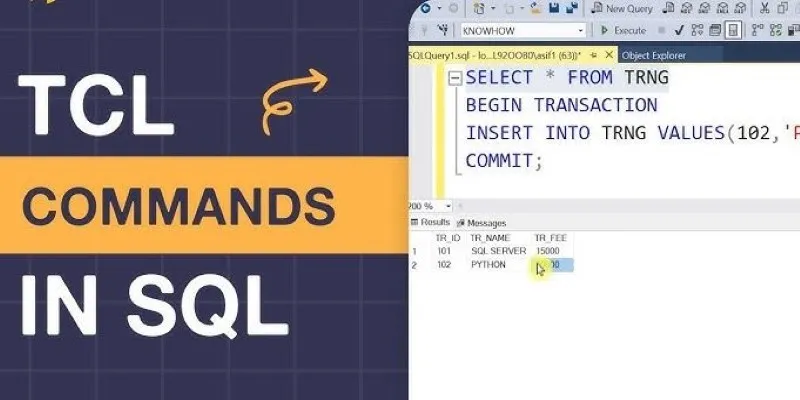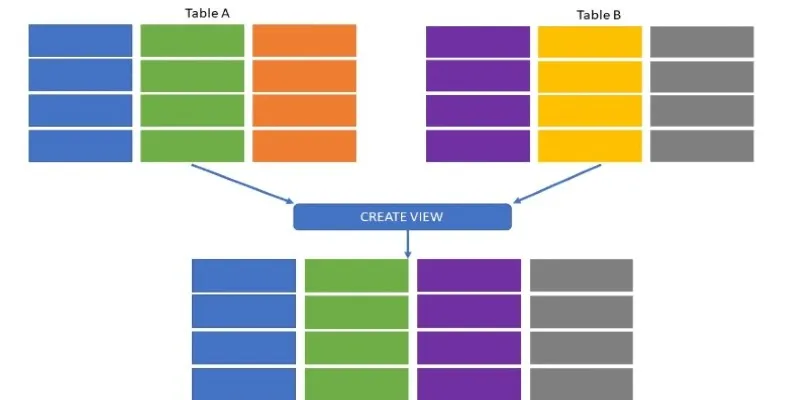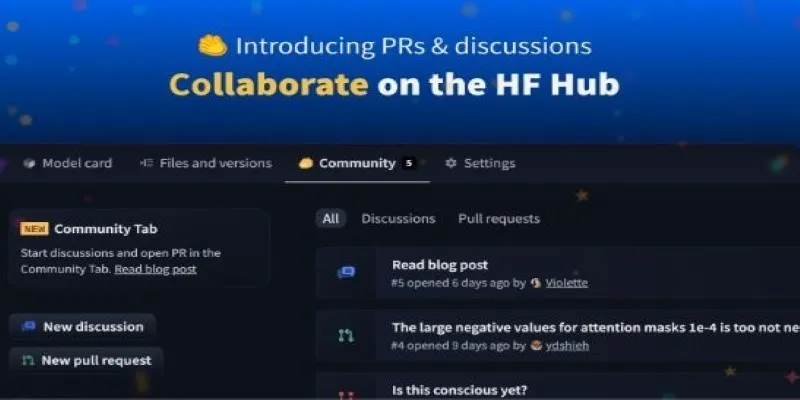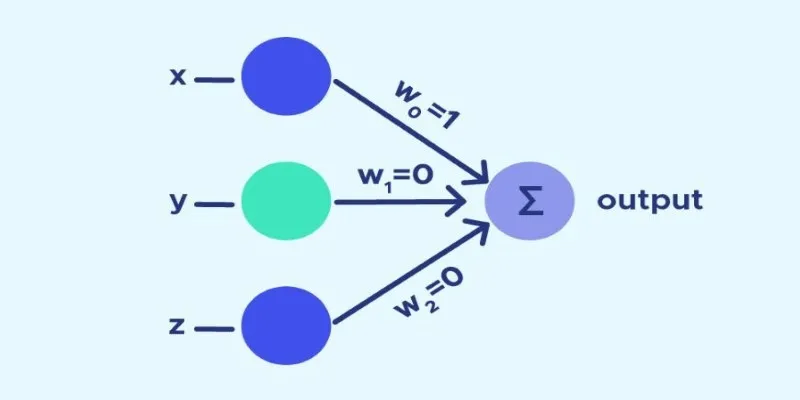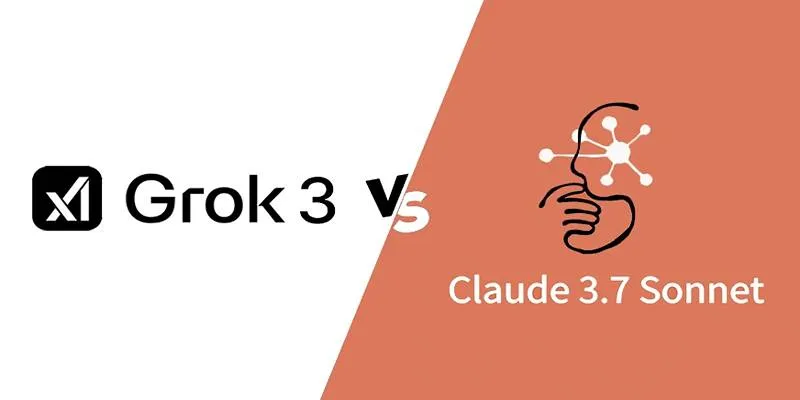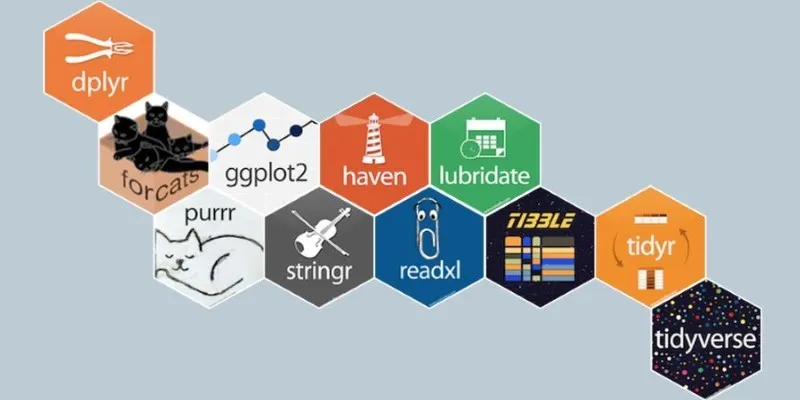Think of a database as a secure building where every room has a locked door. Not everyone should have access to every room, and that’s where the SQL GRANT command comes into play—it’s your system’s keymaster. In SQL, managing access to read, write, or modify data is as crucial as storing it.
The GRANT command allows database administrators to assign specific permissions to users, restricting their actions to what’s necessary. This minimizes risk and protects data from accidental or unauthorized changes. Whether for small teams or large enterprises, GRANT is vital for maintaining order, privacy, and operational control.
Understanding the SQL GRANT Command
The SQL GRANT command is your go-to tool for deciding who can do what inside a database. It functions like a control panel for database access, allowing administrators to assign specific capabilities to users or roles. Whether it involves reading data or executing stored procedures, nothing happens without explicit permission.
Here’s the simplified core idea:
GRANT privilege_type ON object TO user;
For example:
GRANT SELECT, INSERT ON employees TO john;
This means user John can now read from and add records to the employees table. It’s precise and powerful.
The GRANT command goes beyond reading or writing. You can grant access to views, sequences, functions, or even authorize someone to manage users or roles. Essentially, you’re creating rules that govern user interactions with your data.
Different SQL systems—such as MySQL, PostgreSQL, SQL Server, and Oracle—might implement GRANT slightly differently, especially in syntax or advanced features. However, the intent remains consistent: controlled, intentional access. Used wisely, the GRANT command keeps your data safe, operations clean, and user responsibilities clearly defined.
Privilege Types and the Scope of GRANT

The privileges you can assign with the GRANT command depend on the object type. At a basic level, there are two types: data-level privileges and object- level privileges. Understanding this distinction is key.
Data-level privileges include actions such as:
- SELECT: View data from a table or view
- INSERT: Add data to a table
- UPDATE: Modify existing records
- DELETE: Remove records
These are the most commonly granted permissions and are typically associated with CRUD (Create, Read, Update, Delete) operations.
Object-level privileges go deeper and are usually needed for administrative or developmental tasks:
- EXECUTE: Run a stored procedure or function
- ALTER: Modify the structure of an object
- DROP: Delete objects from the schema
- INDEX: Create or modify indexes
- REFERENCES: Create foreign key constraints
GRANT can be applied to individual users, roles, or even the public (all users). It can also be used with the WITH GRANT OPTION, allowing the recipient to grant the same permission to others. This cascades access control but should be handled with care, like handing someone a master key—ensure they’re trustworthy.
Another important point is that GRANT doesn’t have to be permanent. You can revoke permissions just as easily using the REVOKE command, essentially the undo function for GRANT. Managing these permissions dynamically is part of building a secure and adaptable database infrastructure.
Real-World Uses of the GRANT Command
In real-world scenarios, using the GRANT command isn’t just about functionality—it’s about strategy. You want to keep your database secure while enabling collaboration. Here’s how the GRANT command plays out in different environments:
In development environments, developers might need temporary access to test tables or experiment with schema changes. A DBA can grant limited privileges and revoke them once testing is complete, keeping development agile while avoiding long-term risks.
In production systems, access is typically very controlled. Only selected accounts have write access, while most users are limited to read-only permissions. Using GRANT here enforces the separation of duties, preventing data analysts from accidentally dropping tables due to excessive permissions.
In automated systems, roles and permissions can be granted programmatically as part of a deployment pipeline. This means developers don’t have to manually adjust access levels each time a new service is deployed.
Best Practices for Using the GRANT Command
Using the GRANT command effectively requires more than just assigning access. It’s about doing so thoughtfully and securely. One smart strategy is to use roles instead of assigning privileges to individual users. Assign permissions to roles and then add users to those roles—it’s cleaner and scales better.

Follow the principle of least privilege. Only grant the minimum level of access needed. If a user just needs to read data, SELECT is enough—don’t include UPDATE unless required.
Regularly audit permissions. Over time, users accumulate access they no longer need. Periodic reviews can help catch and correct that.
Be cautious with the GRANT OPTION. It allows users to pass their privileges on to others. Unless necessary, avoid using it to prevent privilege escalation.
When paired with REVOKE or combined with role-based access control (RBAC), the GRANT command becomes part of a broader system for managing access responsibly and efficiently.
Conclusion
The GRANT command in SQL is more than a technical tool—it’s a cornerstone of secure database management. By assigning permissions thoughtfully, you protect data integrity, reduce risk, and support collaboration without wide-open access. Whether you’re working in a development sandbox or managing a live production environment, using GRANT wisely ensures each user gets only the access they truly need. Combined with REVOKE and role-based strategies, it becomes part of a powerful system of control. In a world where data security is non-negotiable, mastering the GRANT command is essential for every database professional.
 zfn9
zfn9

